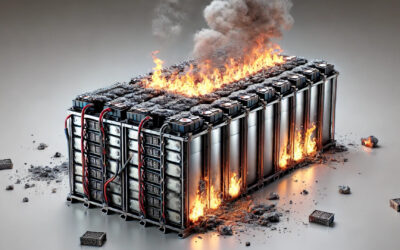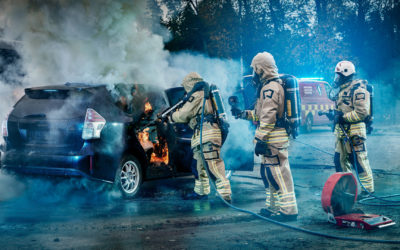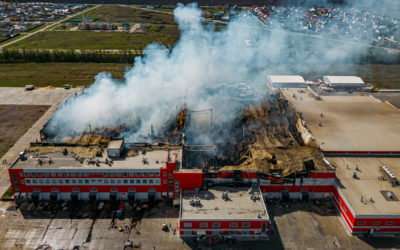An aircraft fire involves many risks and is a highly dynamic situation. Rapid heat build-up leads to the release of large quantities of explosive and flammable vapours, thus increasing the risk of flashover and backdraft.
The impact of modern aircraft materials on fire behaviour
Modern aircraft structures are made of poly-composite materials and fibre metal laminates. These are lightweight materials with good construction properties that add greater robustness to the aircraft structure. However, they contain a lot of energy that is released in a fire. This results in more heat released, more intense and faster fire behaviour compared to the structure of older aircraft. The use of these materials in the structure increases the importance and need for effective internal heat control in case of fire – especially in larger passenger aircraft.
Additionally, the modern design implies a longer burn-through time compared to older aircraft designs. This means that internal fires in modern aircraft may not ventilate as quickly as in older aircraft. This increases the risk of pressure and heat build-up inside the aircraft.
Aircraft fire scenarios
In essence, there are two possible scenarios for an aircraft fire: one where the fire occurs and has to be dealt with while the aircraft is in the air, and another where the fire has to be dealt with on the ground. The premise for this text is that the aircraft is on the ground.
Cold Cut Academy Partner
We are proud to have Copenhagen Airport Rescue and Firefighting Academy (CARFA) as a Cold Cut Academy partner. Here you will learn basic and advanced aviation firefighting techniques. More about our training partners.
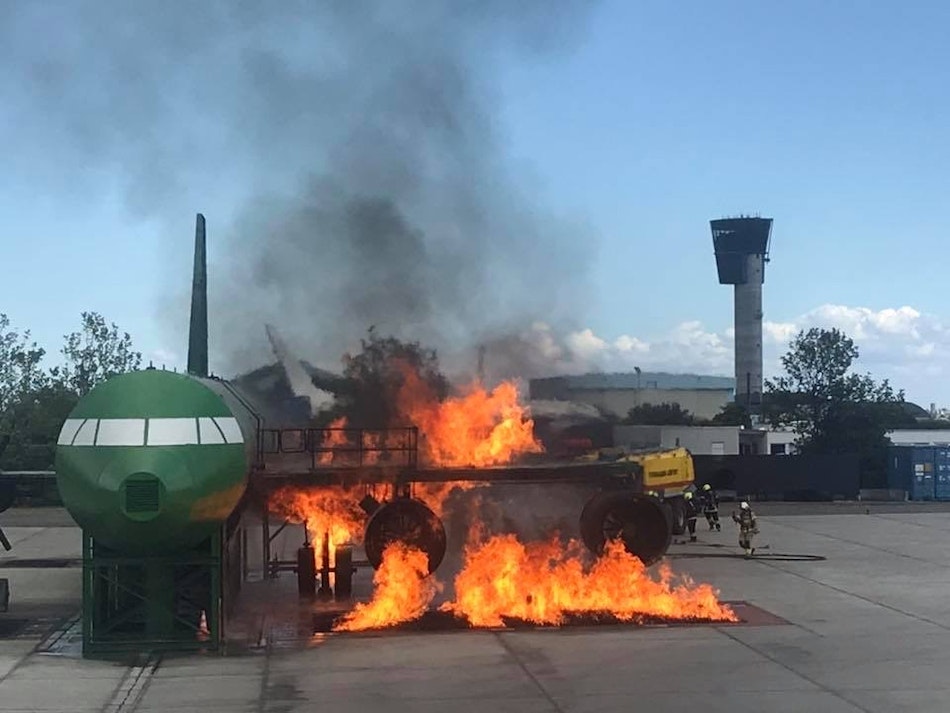
Aircraft fire extinguishing
There are several possible scenarios for aviation fires where Cobra can be deployed with great effectiveness. This increases the efficiency of firefighting, including aircraft fire extinguishing. Importantly, Cobra provides increased safety for firefighters through its ability to facilitate a rapid internal attack from an external position. It also improves passenger safety by rapidly lowering the internal temperature of a ventilated or under-ventilated aircraft fire.
Since the aircraft cabin is a confined space with a limited amount of air, it is crucial not to add extra oxygen to the fire as it will extend the fire. Cobra pierces through the construction of the aircraft using water and abrasive, a cutting agent. Once the material is pierced, the water is distributed in a fine mist. Consequently, as this is done in one continuous motion, no extra air is added to the fire. This results in a suppressed or extinguished fire. Firefighting crews can then enter with less risk of the fire increasing.
Moreover, Cobra can be used at any angle. In practice, this means that fires can be reached from the ground into the cargo area, or from the wing. With the right technique, smouldering fires in the insulation of a wall structure can also be reached.
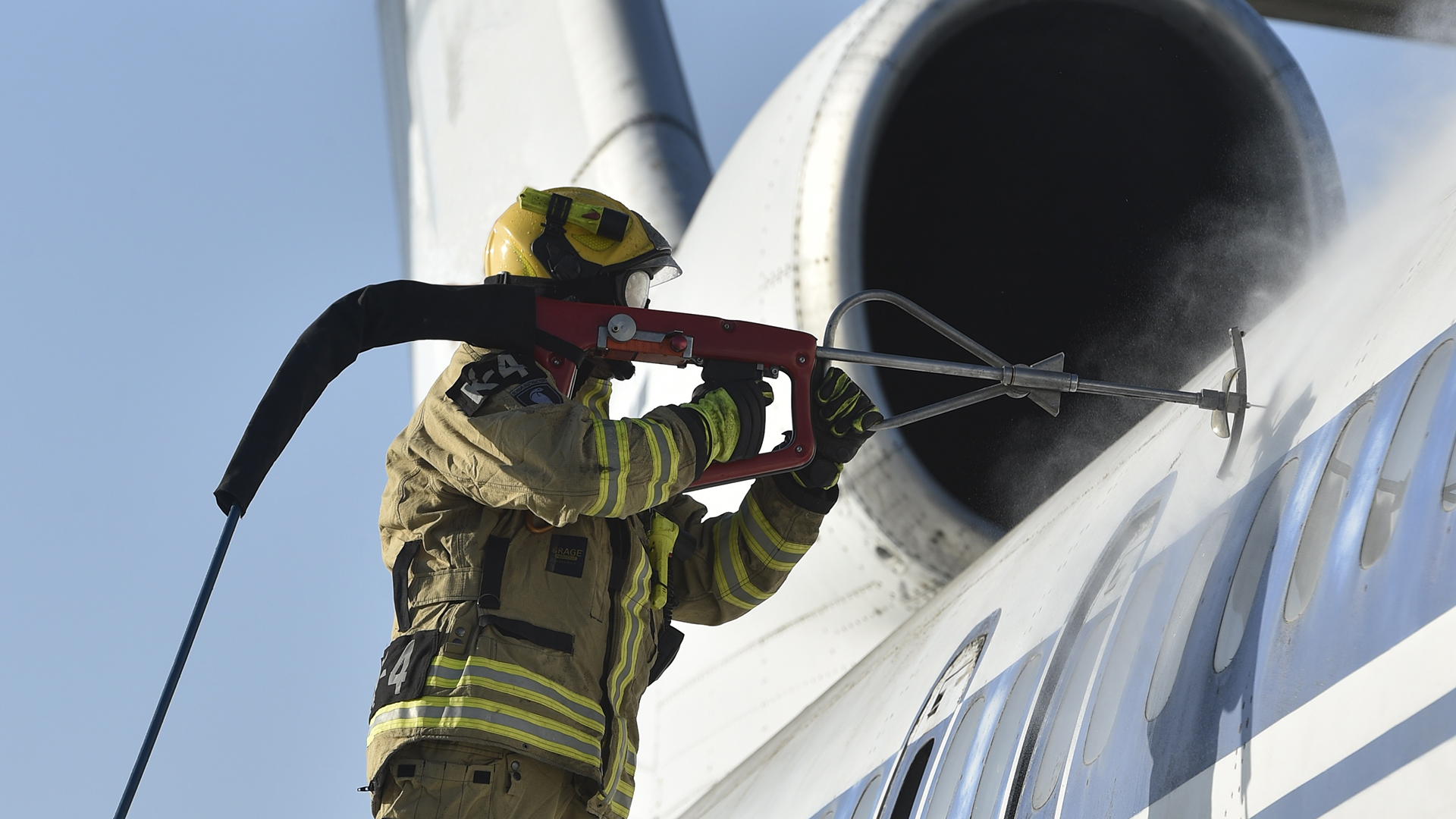
Enhancing firefighting efficiency with Cobra
There are more advantages to using Cobra for extinguishing aviation fires. Firstly, in addition to quick and easy access, it is possible to reposition Cobra if results are not achieved the first time. Cobra cutting extinguisher uses only 60 litres of water per minute at 300 bar pressure and a water flow of 200 m/s. This creates a fine water mist – which has a great impact on fire gases. It also has a long throw length making it possible to act on fires a long distance from the nozzle.
Minimising water damage and ensuring effective communication
Furthermore, very little (if any?) water damage is caused since nearly all water evaporates.
Effective communication is vital. The Cobra operator may be unable to see what effect Cobra use is having on the fire. Therefore, good communication between the crew, Cobra operator and Incident Commander must be achieved and maintained to get the Cobra lance into the best position. Moreover, knowledge of the aircraft construction is important so that Cobra can be applied to maximum effect.
With knowledge and training, aviation fire and rescue services can control the fire and reduce the risk to firefighters during aircraft firefighting operations, whilst also increasing passenger survivability. It will, in addition, significantly extend the options available to incident commanders to more effectively deal with the increasing complexity of aviation fire incidents. This complements and enhances traditional aviation firefighter tactics.
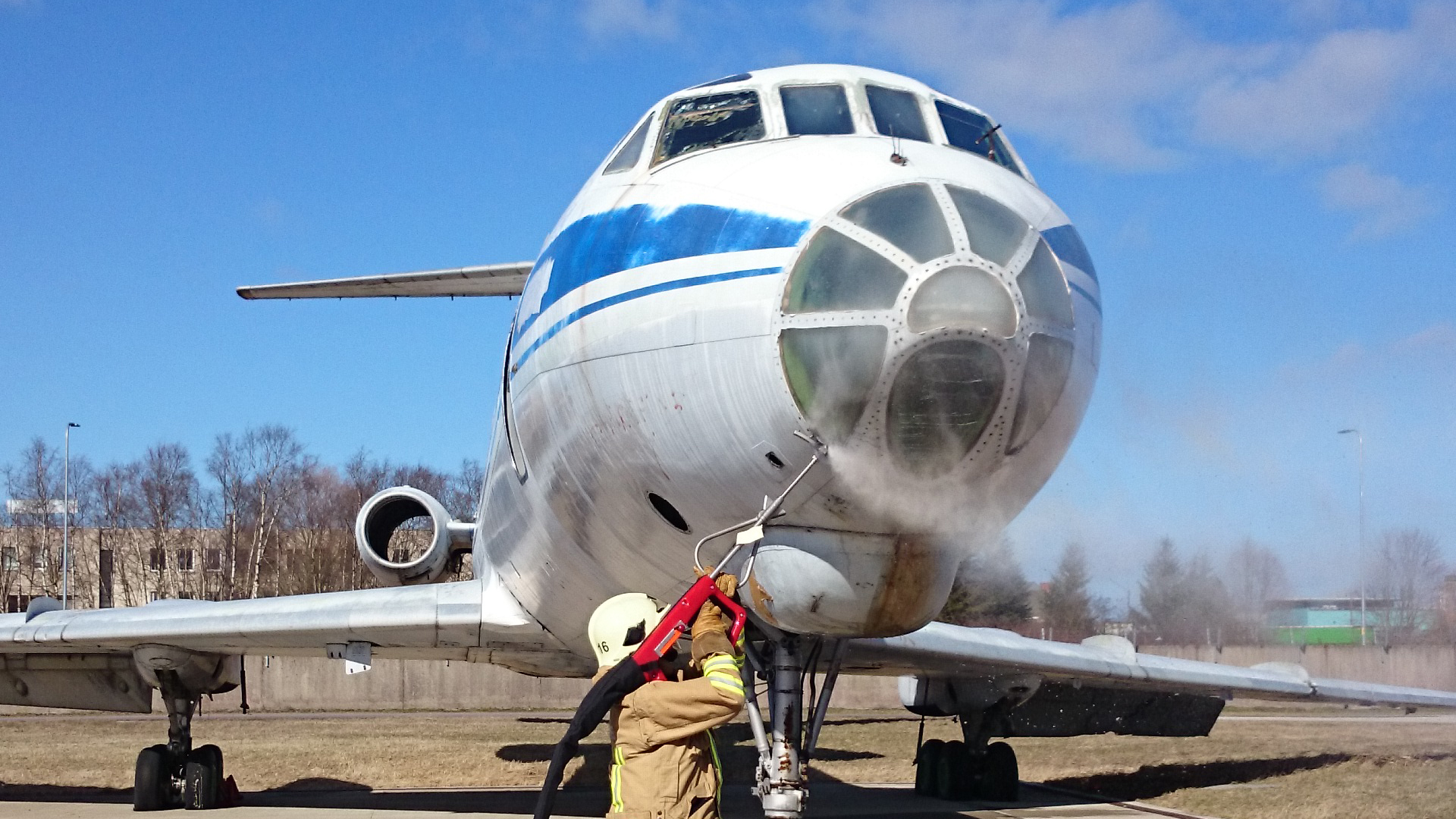
Cobra Benefits
Limits contamination of firefighters by toxic fire gases.
The fire and fire gases are suppressed from the outside of the fire compartment and firefighters only enter to dampen the remaining hot spots after ventilation has occurred. This limits exposure to toxic fire gases in a very confined space.
Quick intervention.
Getting equipment in place to fight a fire in e.g. inside the fuselage can use up valuable time. Utilising Cobra from the outside reduces the amount of time taken to get water into the fire compartment. The equipment is light in weight and easy to handle, which enables rapid deployment. The training programme that underpins Cobra gives fire crews the ability and confidence to deploy Cobra very quickly on arrival.
Limits damage from fire and water.
Using traditional firefighting methods when fighting fires in confined spaces uses a considerable amount of water – 450 litres per minute or more – and can result in significant water damage to the cargo and other. Cobra uses 60 litres of water per minute, considerably less than traditional firefighting methods.
Limits water use.
As Cobra only uses 60 litres of water per minute, an 1800 litre water tank will last 30 minutes if Cobra is used continuously. This gives valuable time to secure additional water supply where needed.
Reduces environmental impact from the fire.
The rapid fire and fire gas suppression associated with Cobra means that less toxic emissions get into the atmosphere. Reduced water consumption means less contaminated water run-off gets into watercourses.
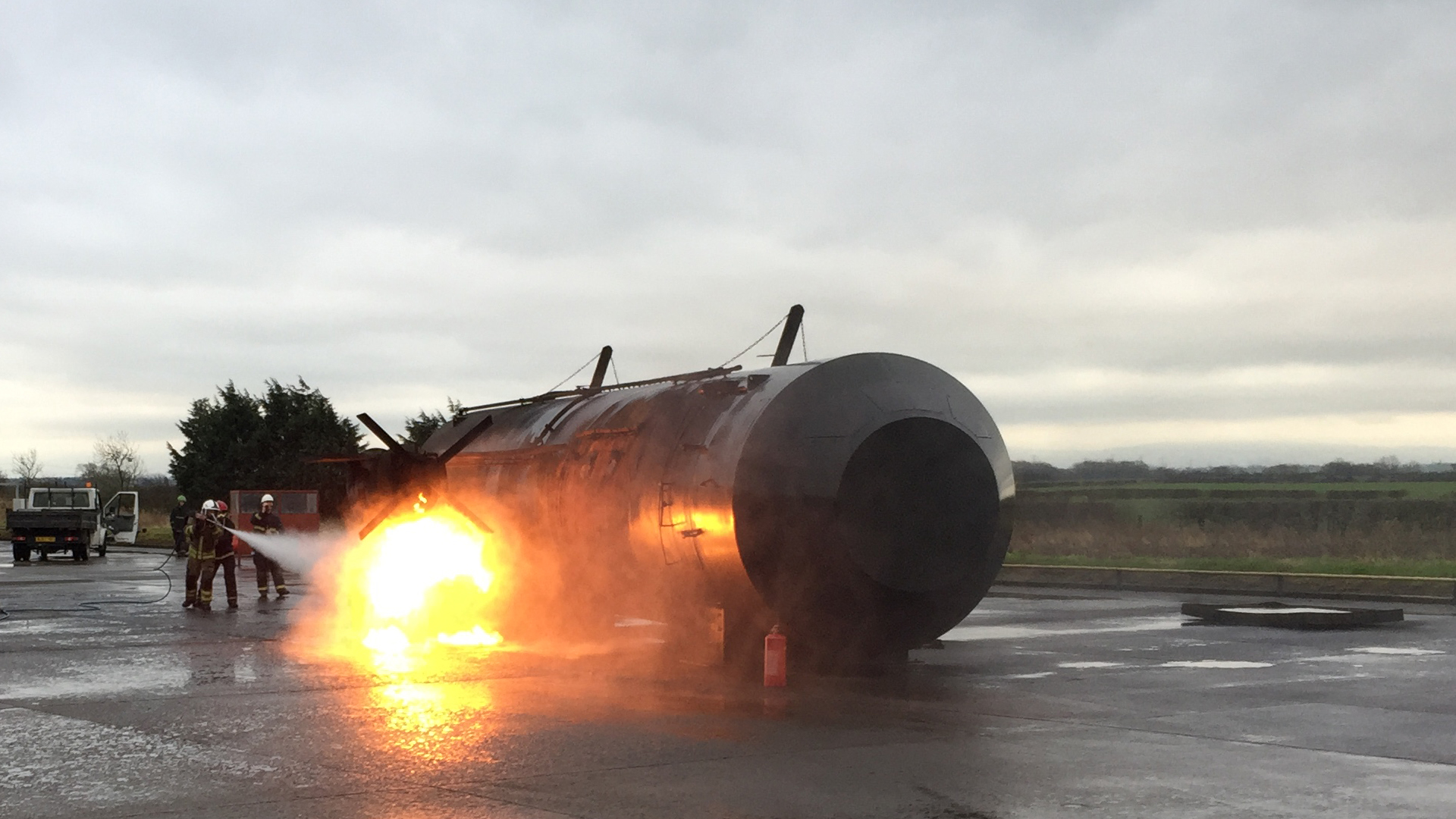
Benefits of Cobra use
- Limits exposure to toxic fire gases.
- Quick intervention and rapid deployment.
- Limits water damage to the cargo.
- Uses less water, only 60 litres of water per minute.
- Reduces environmental impact from toxic emissions and contaminated water run-off.
Source: Li, C. et.al. (2017). Influence of depressurized environment on the fire behaviour in a dynamic pressure cabin. Applied Thermal Engineering. Vol. 125, 972-977. ISSN 1359-4311.
